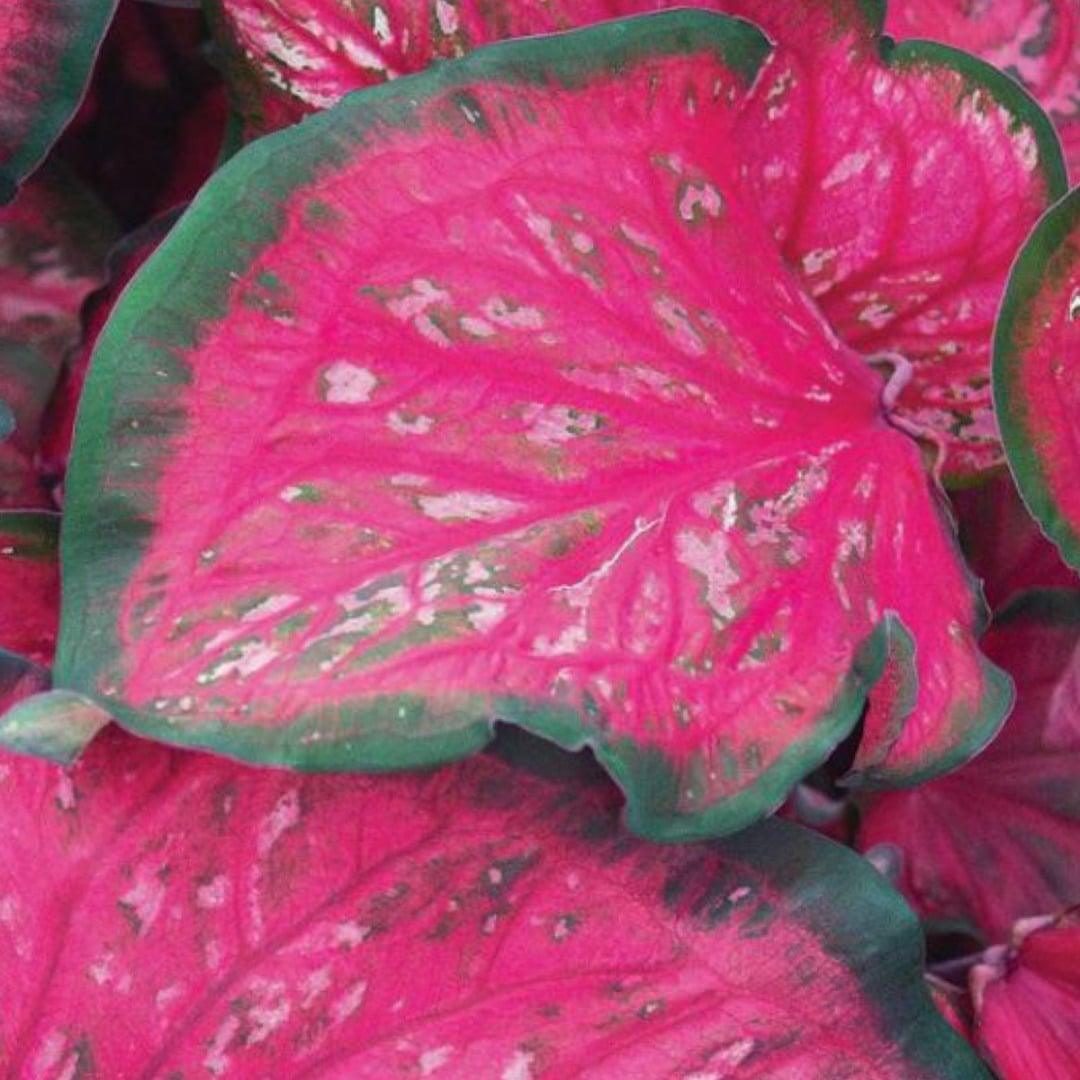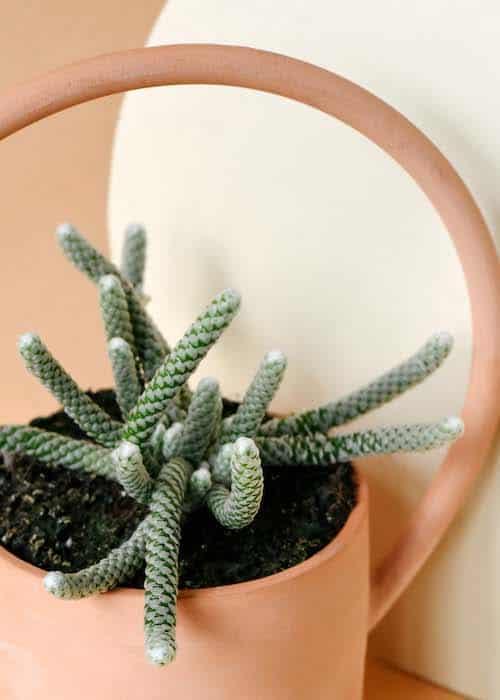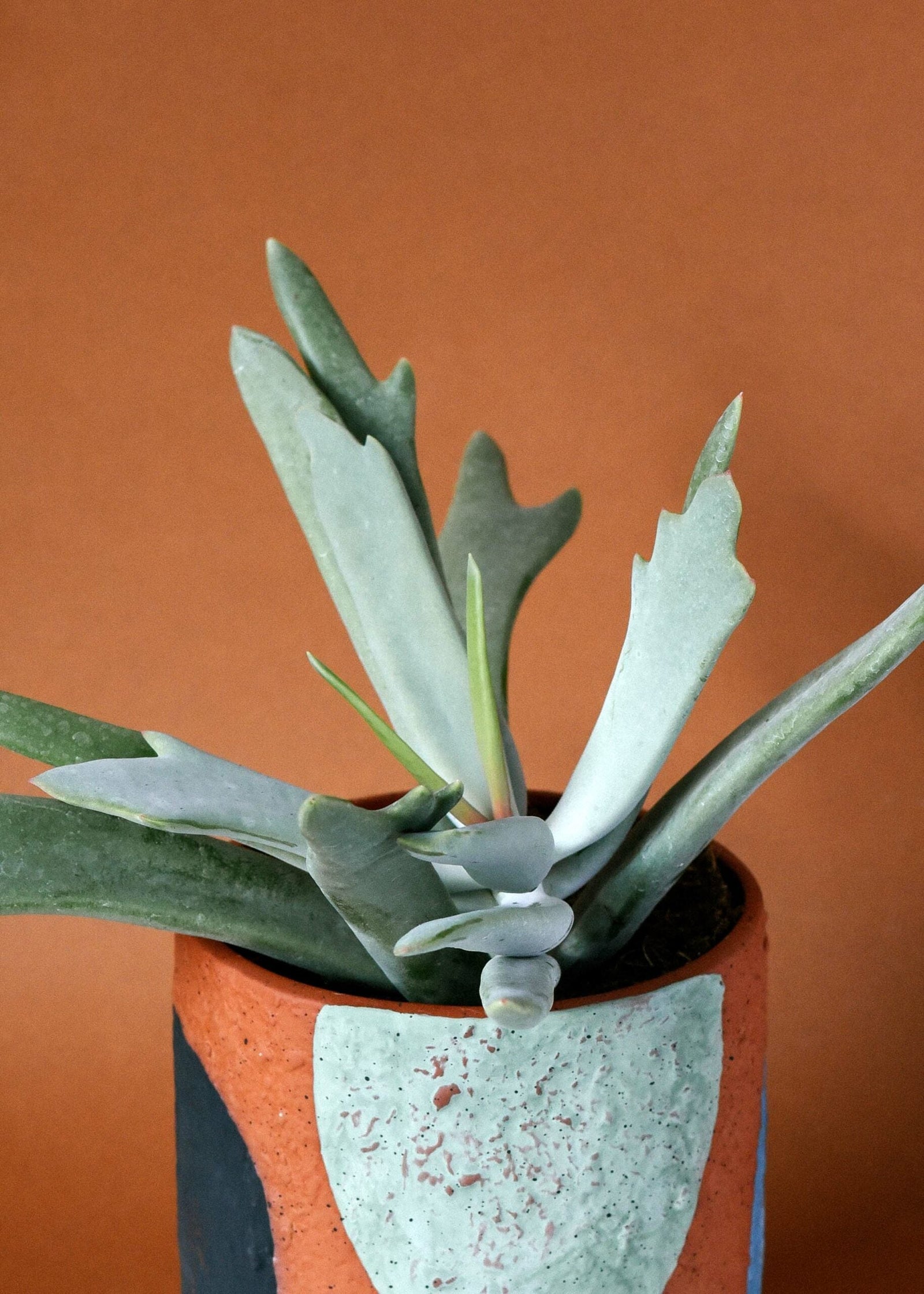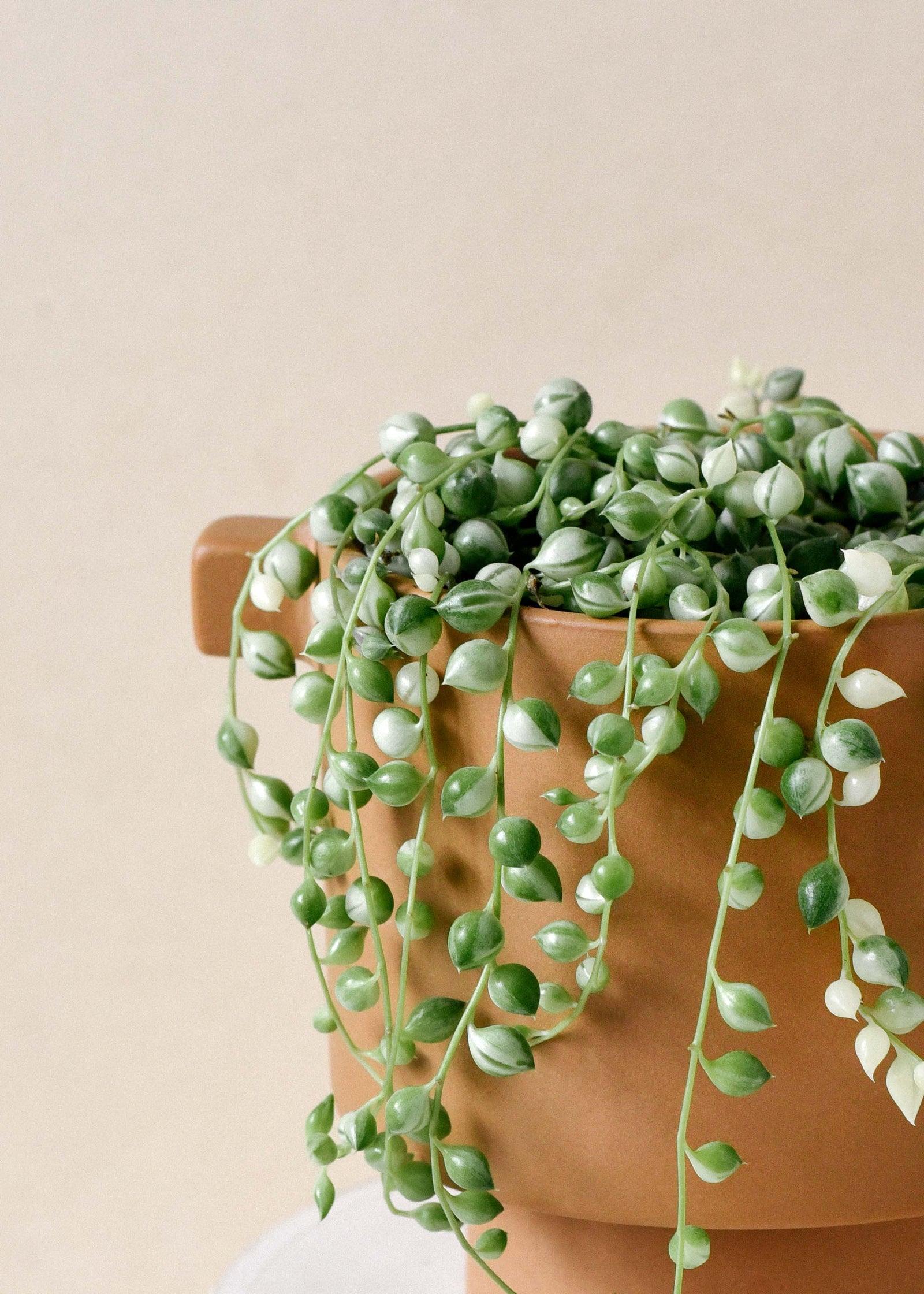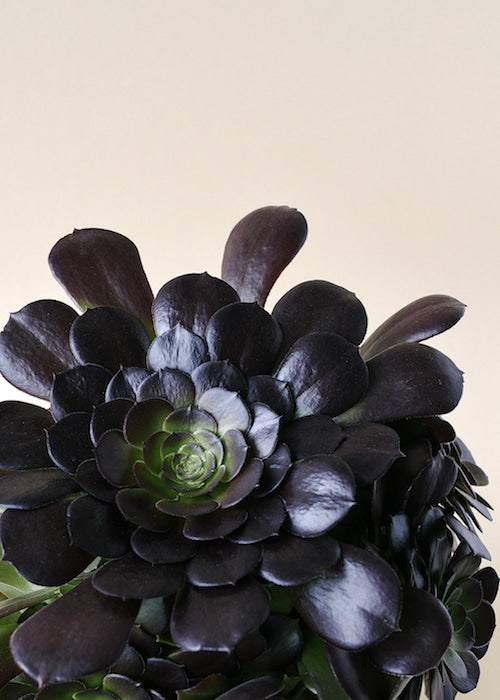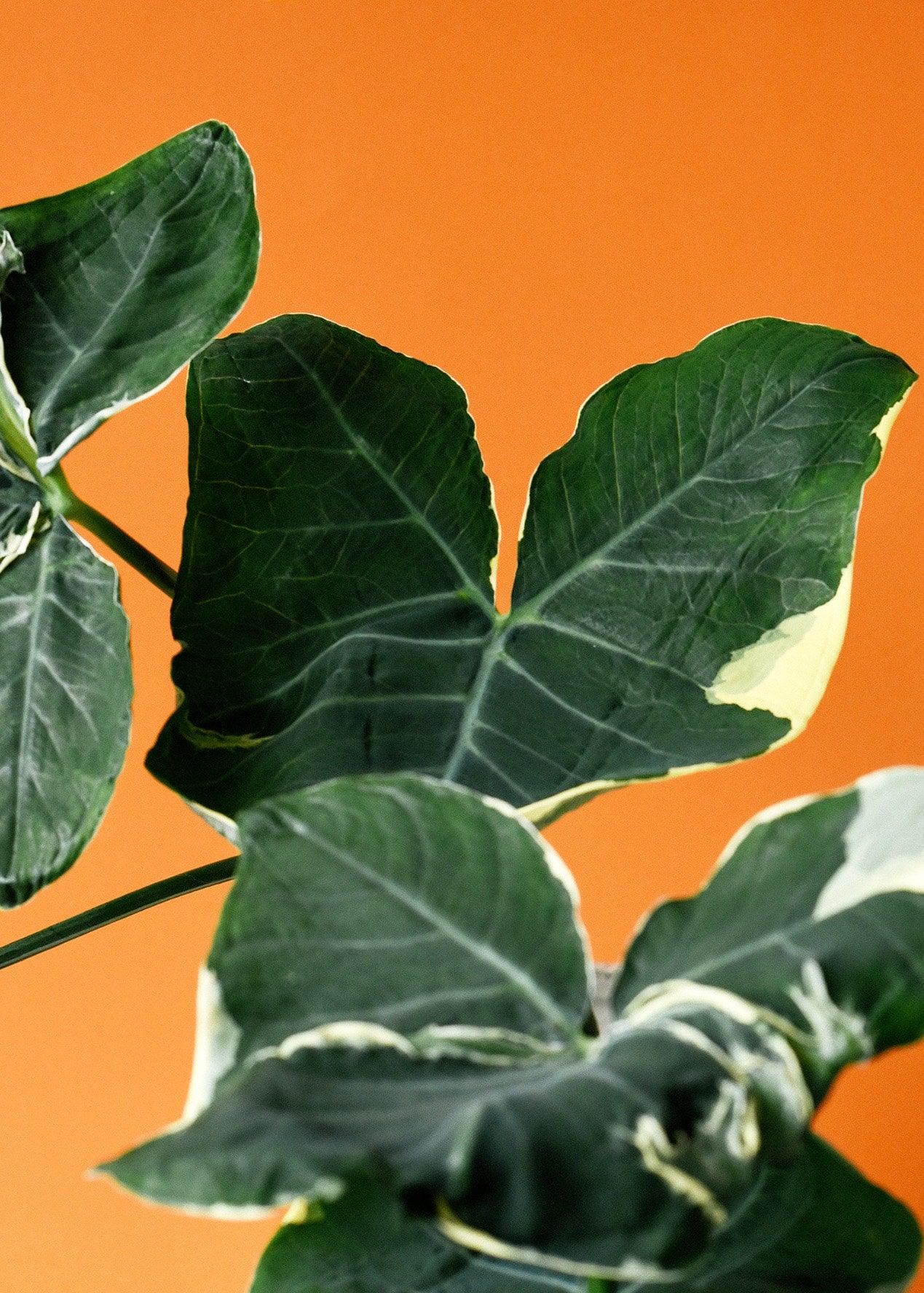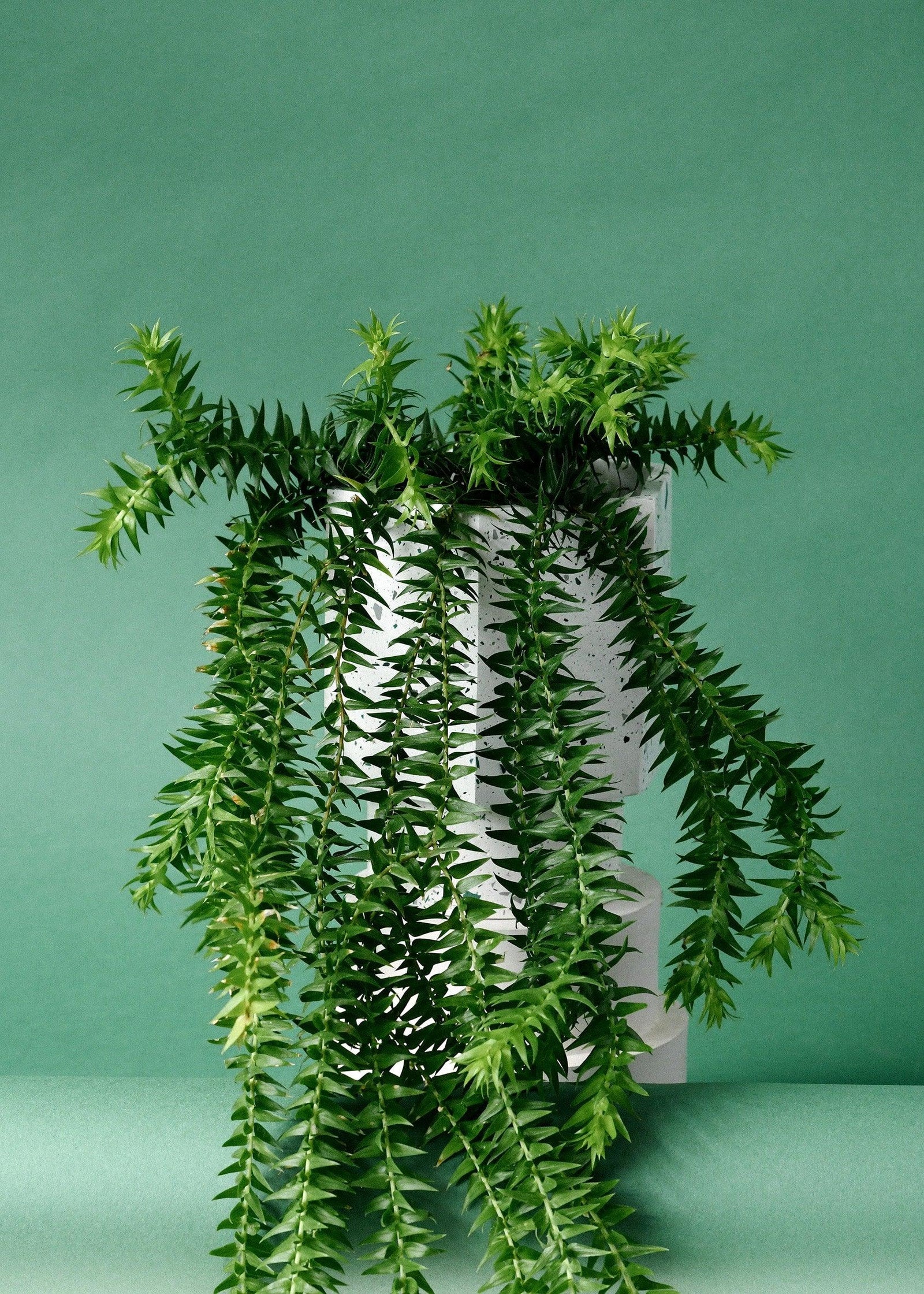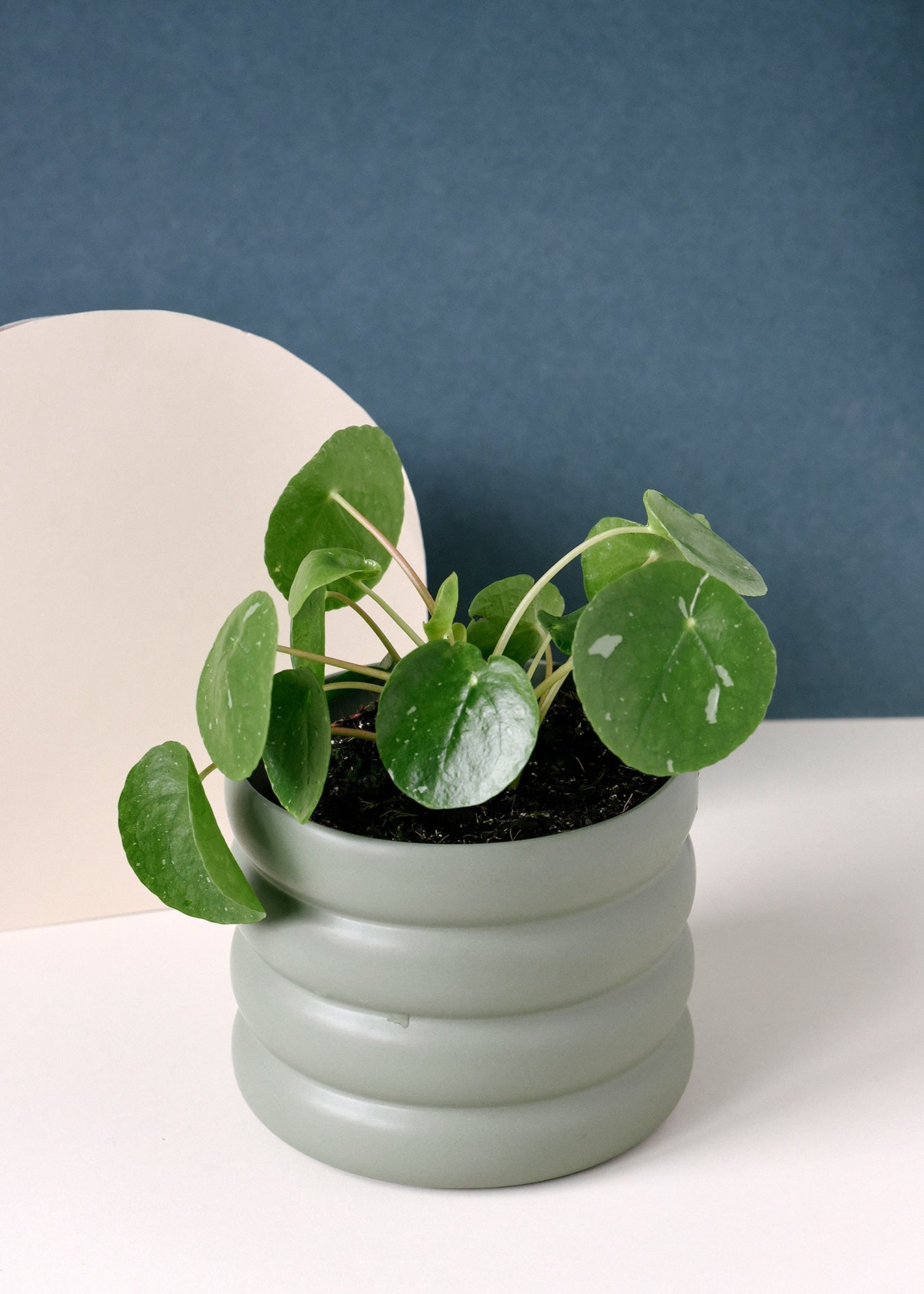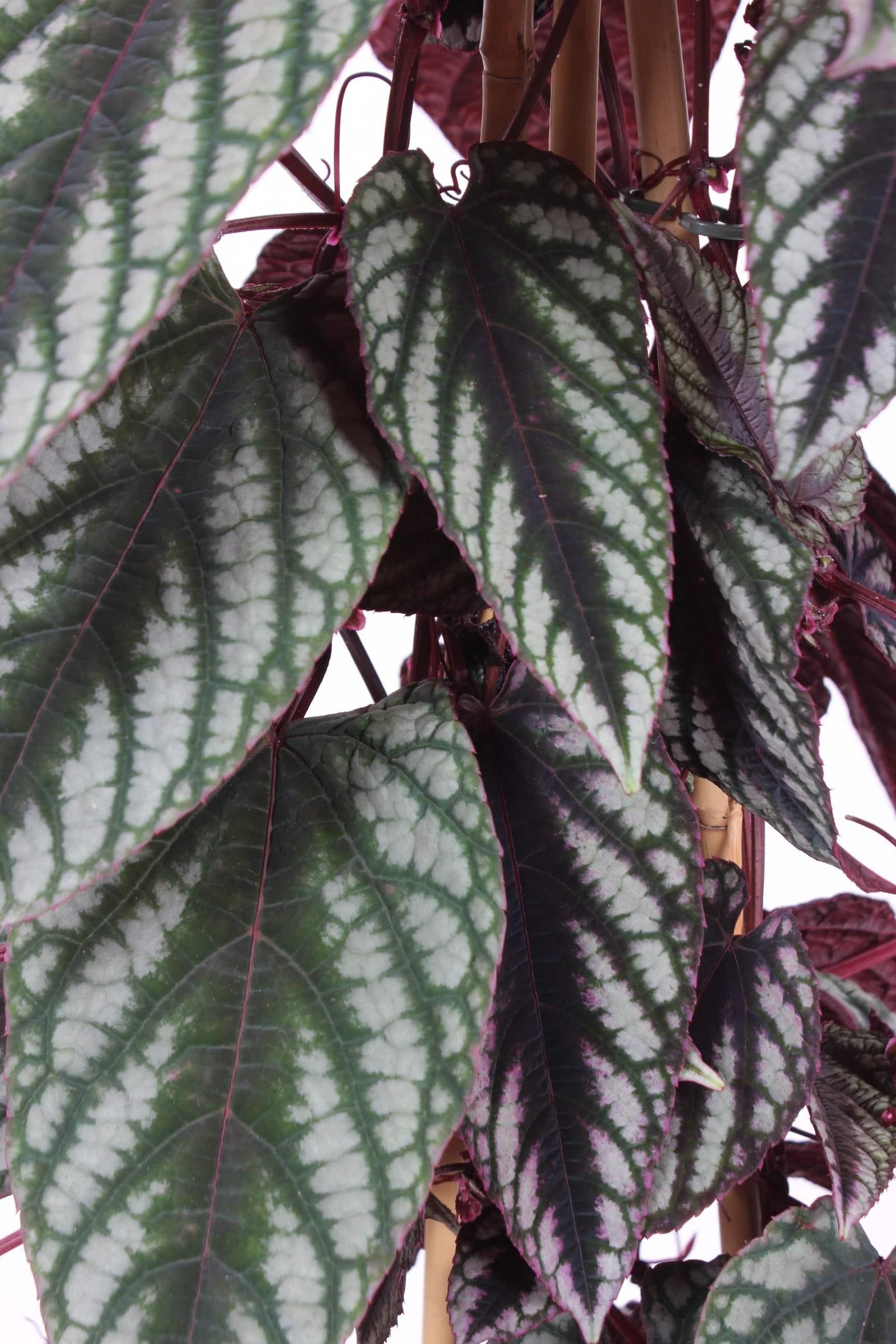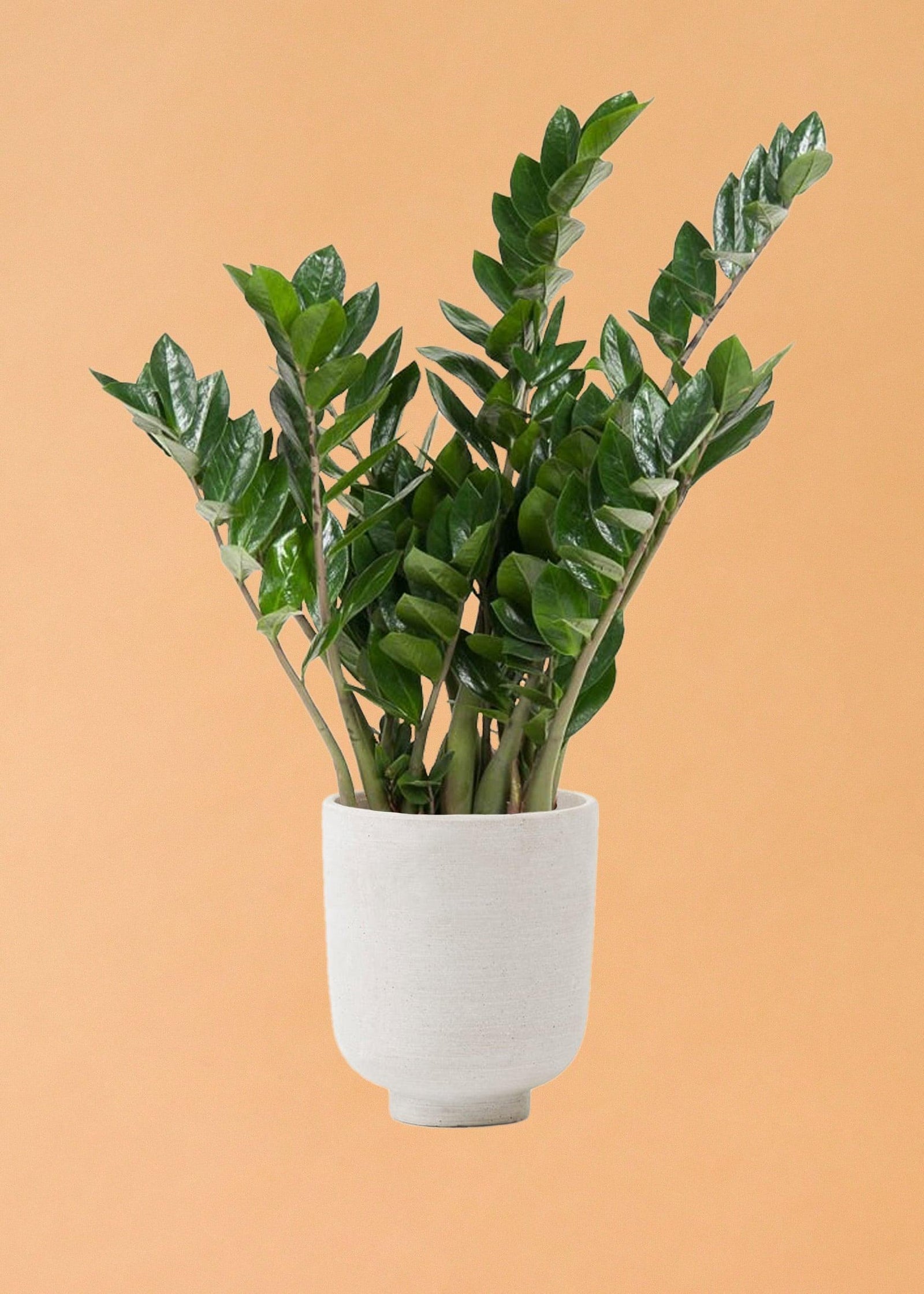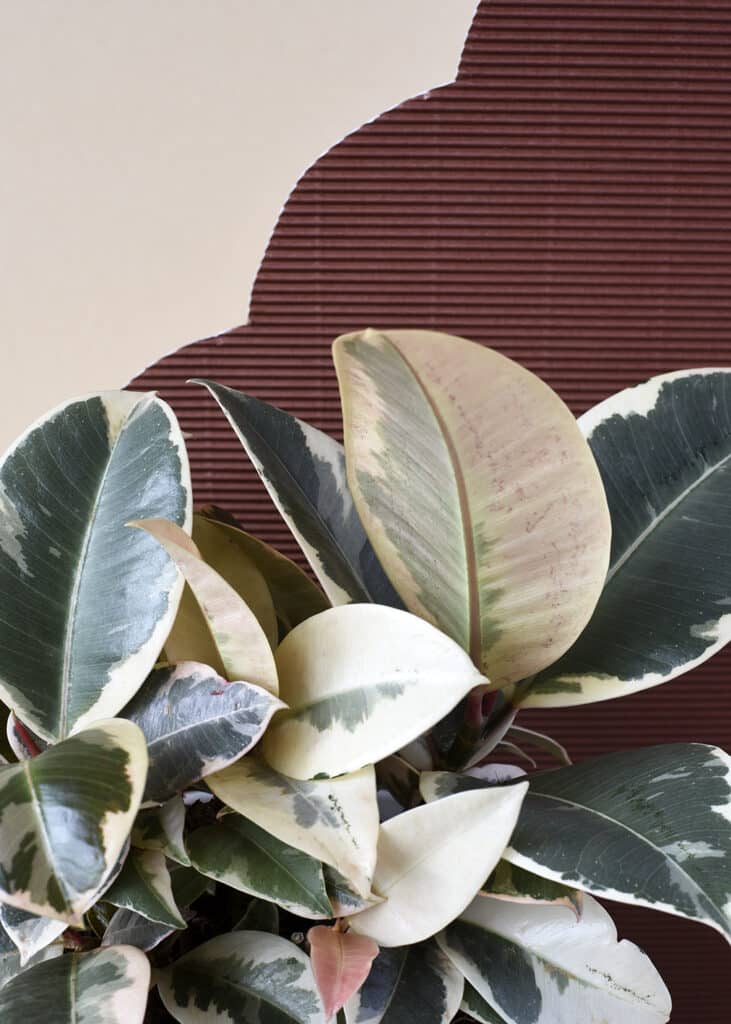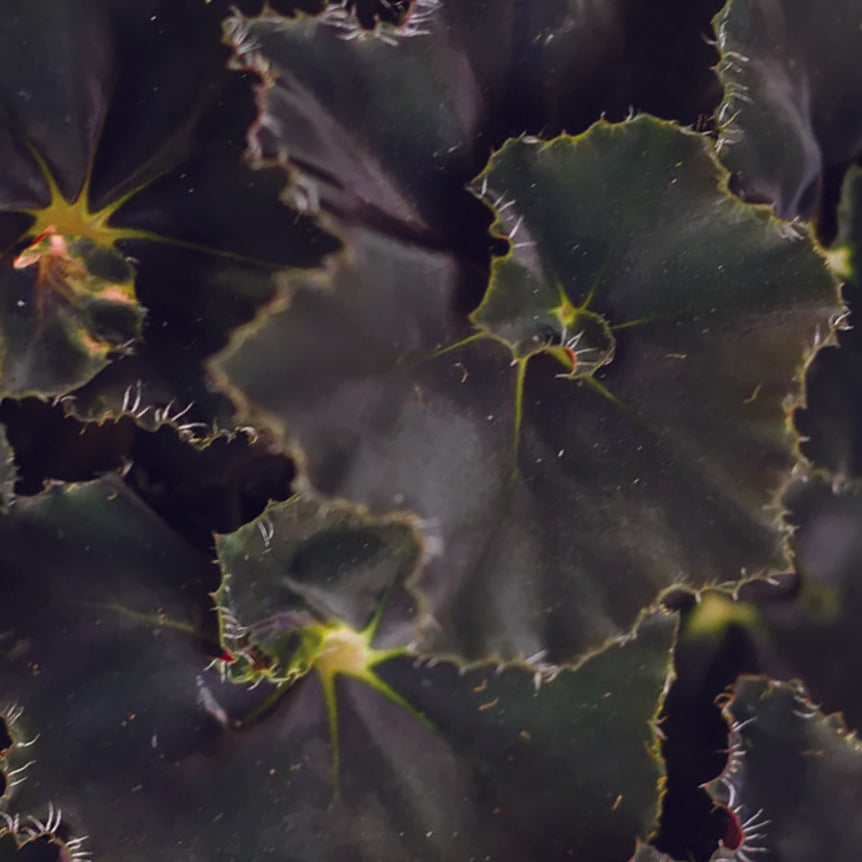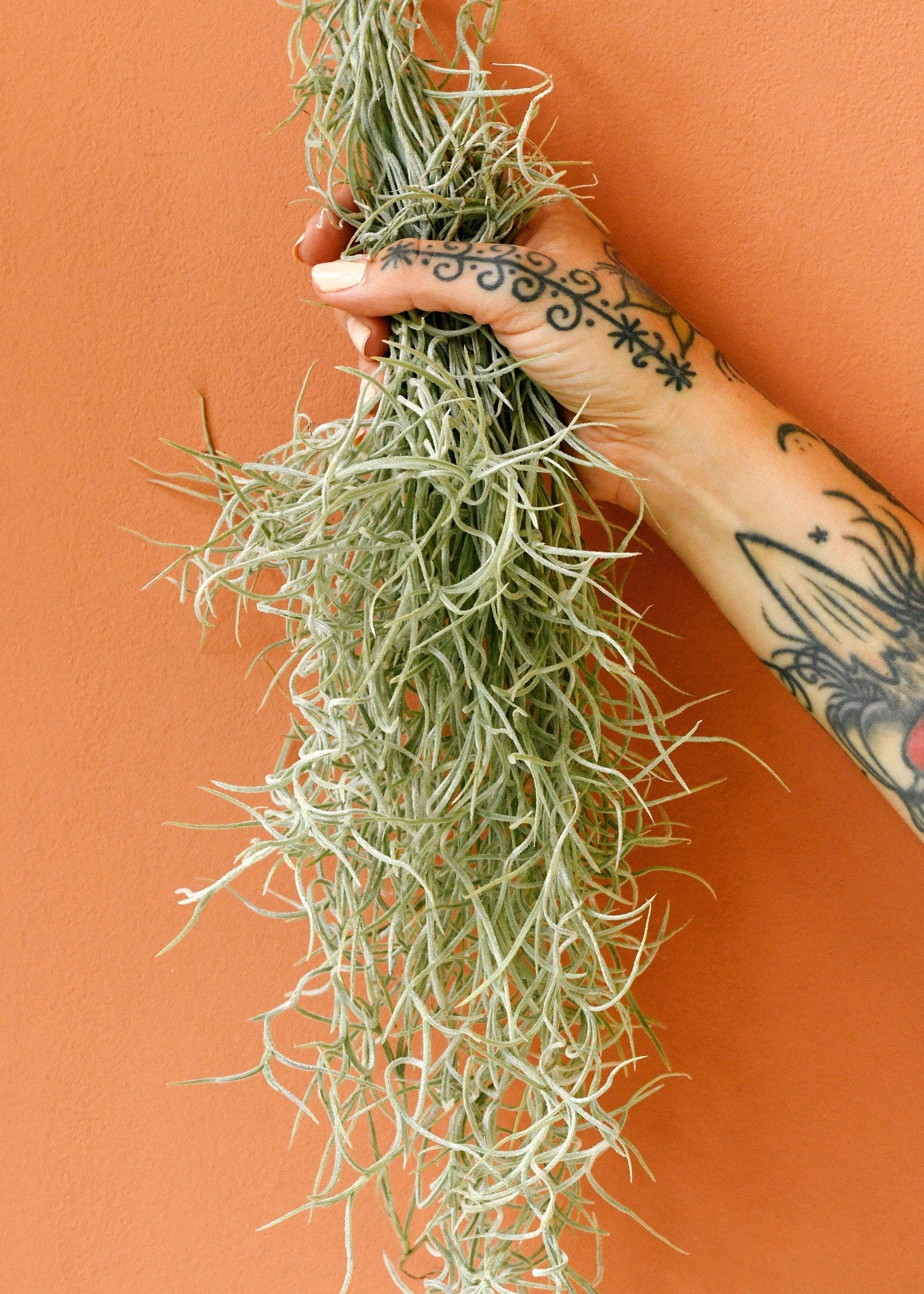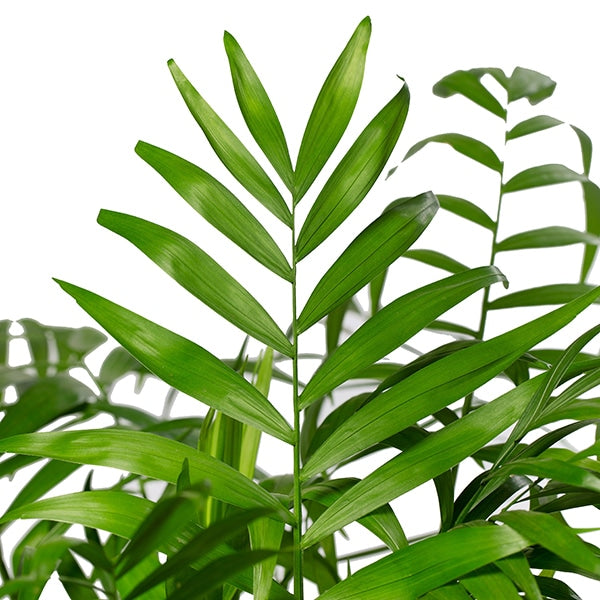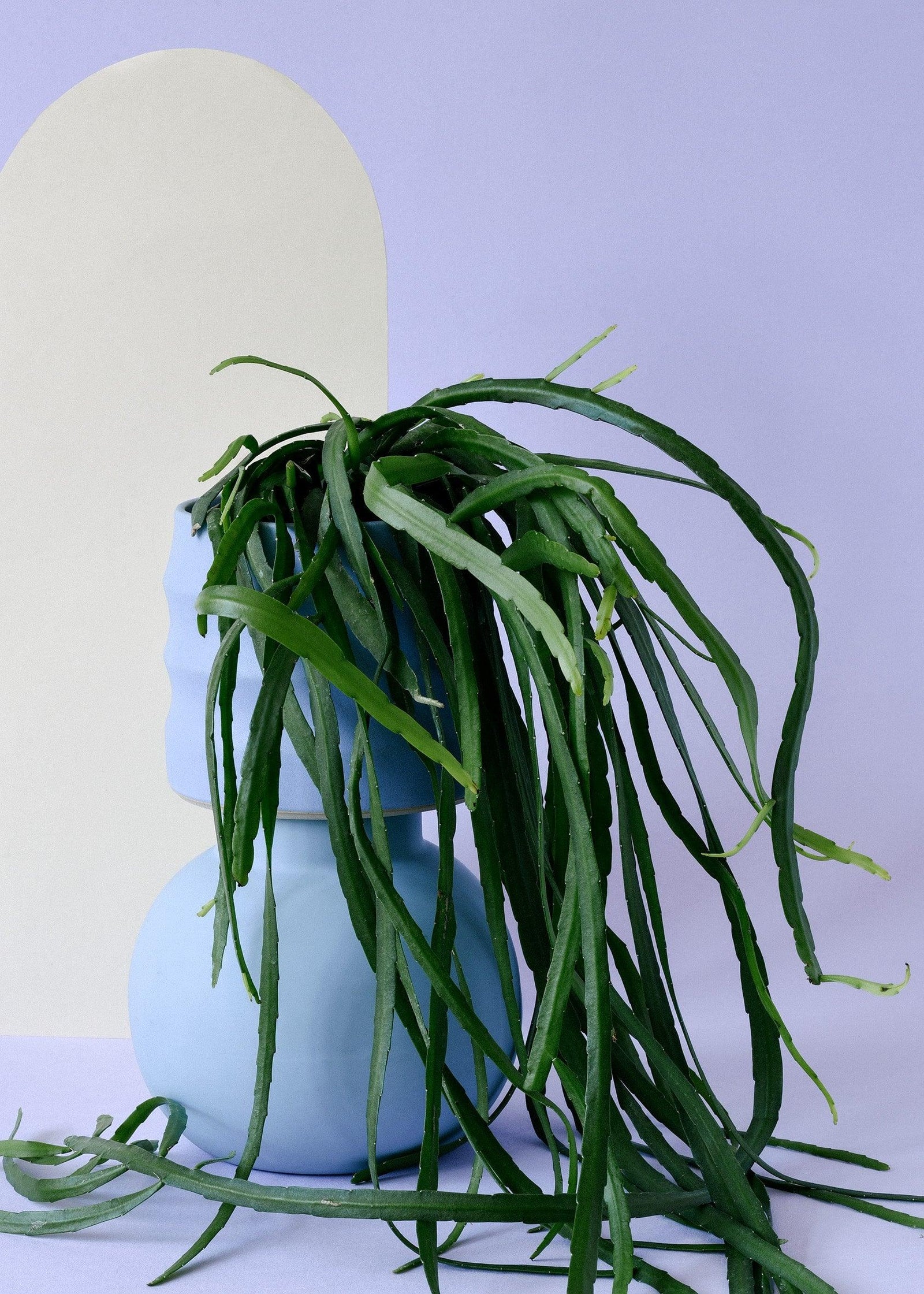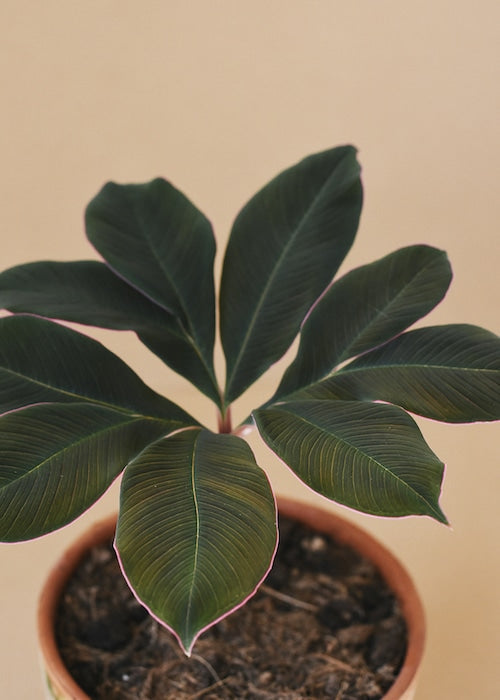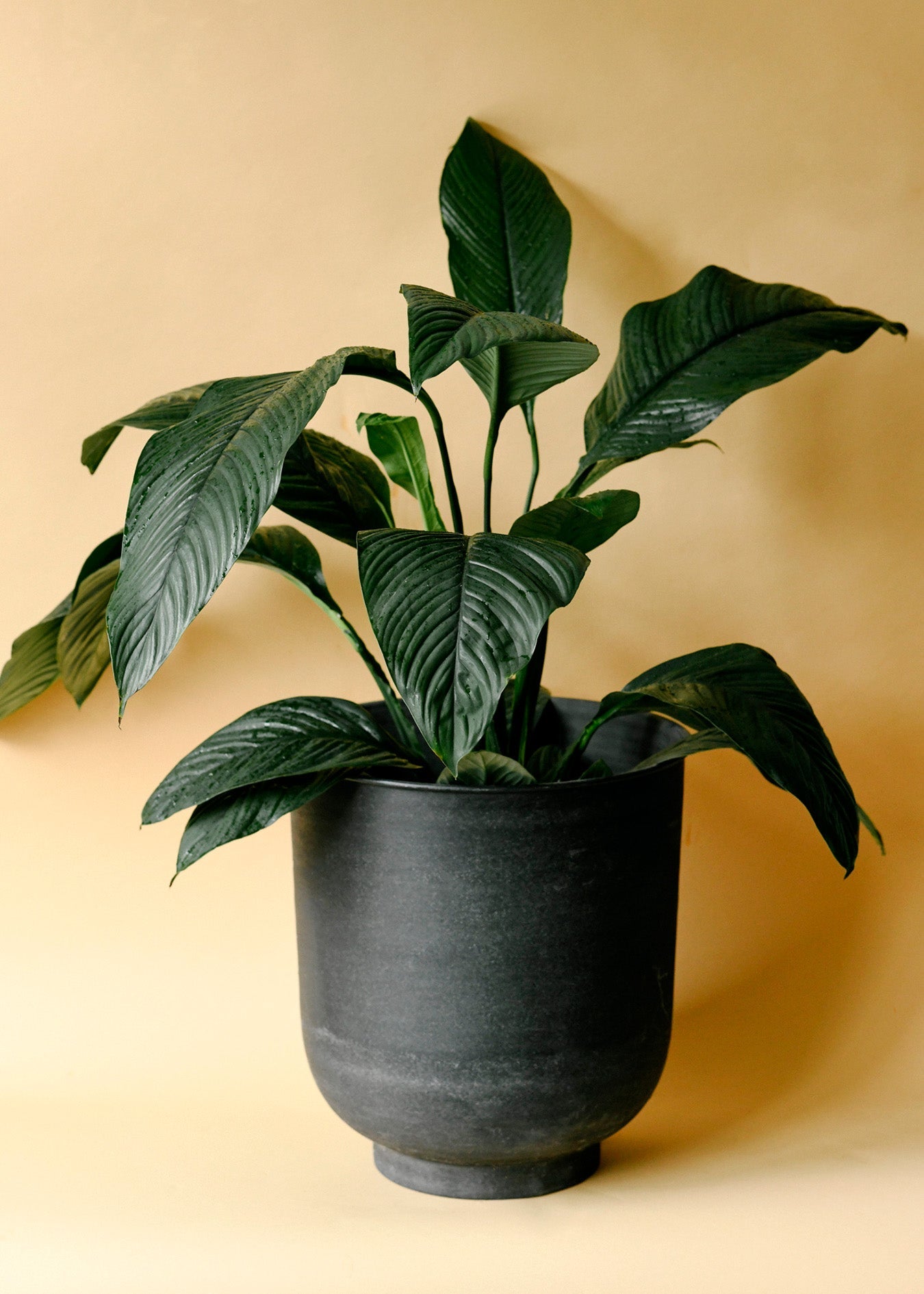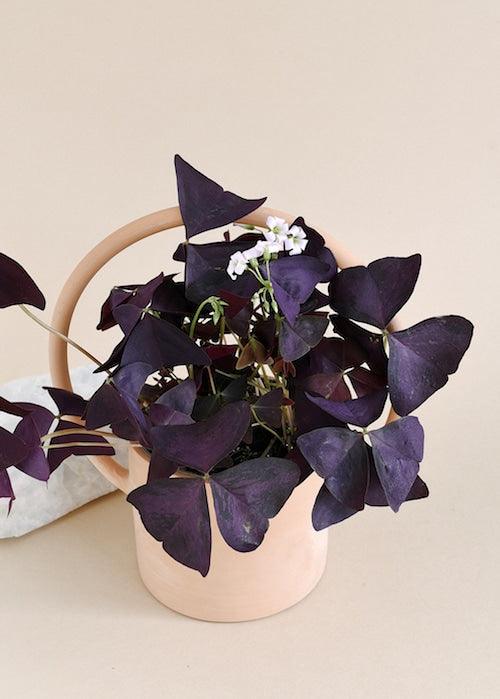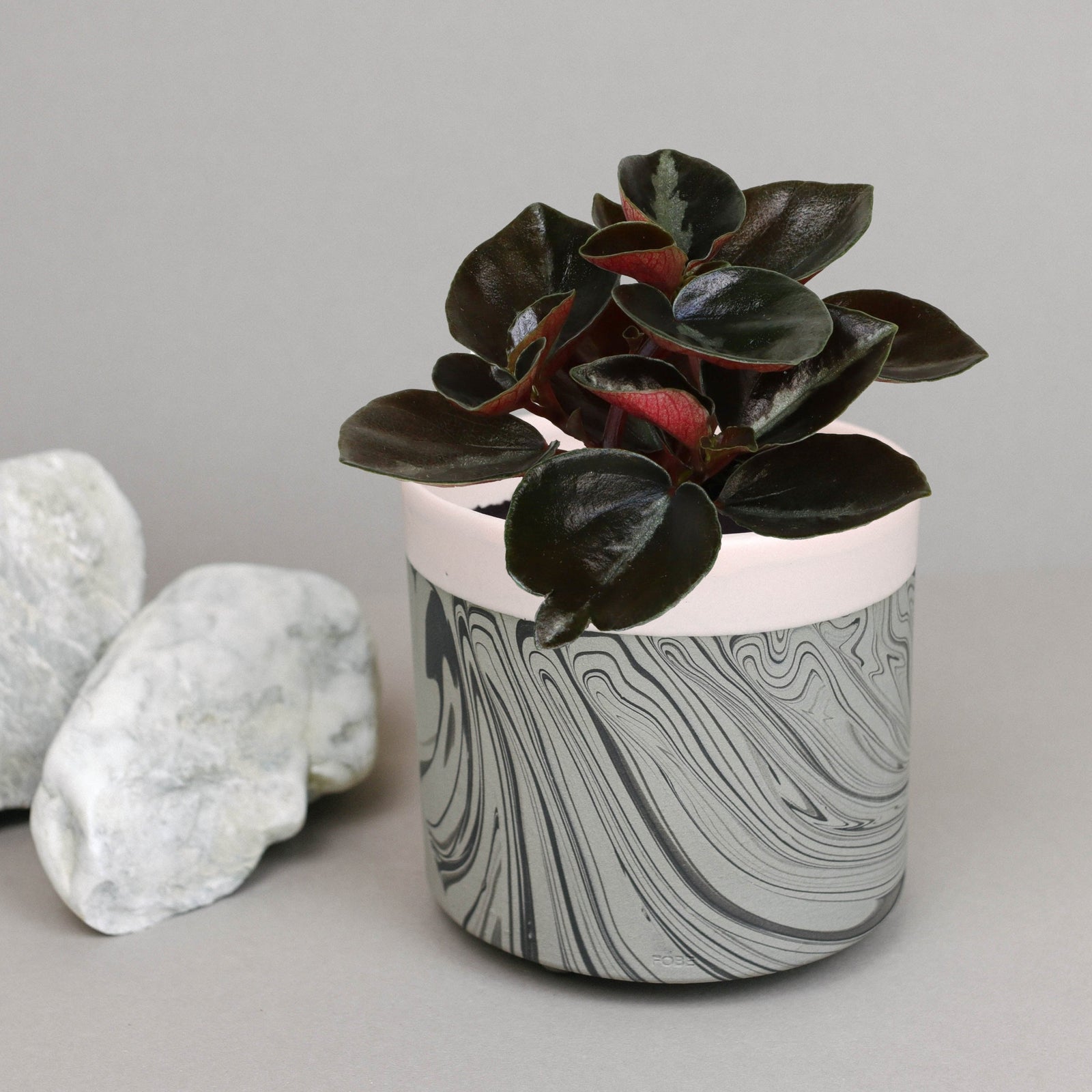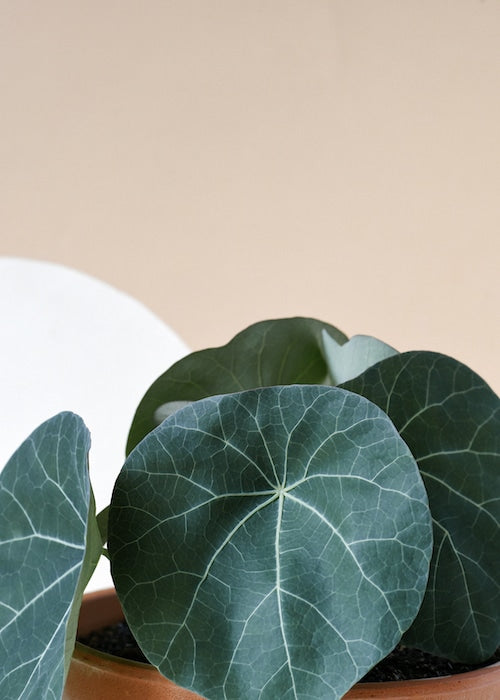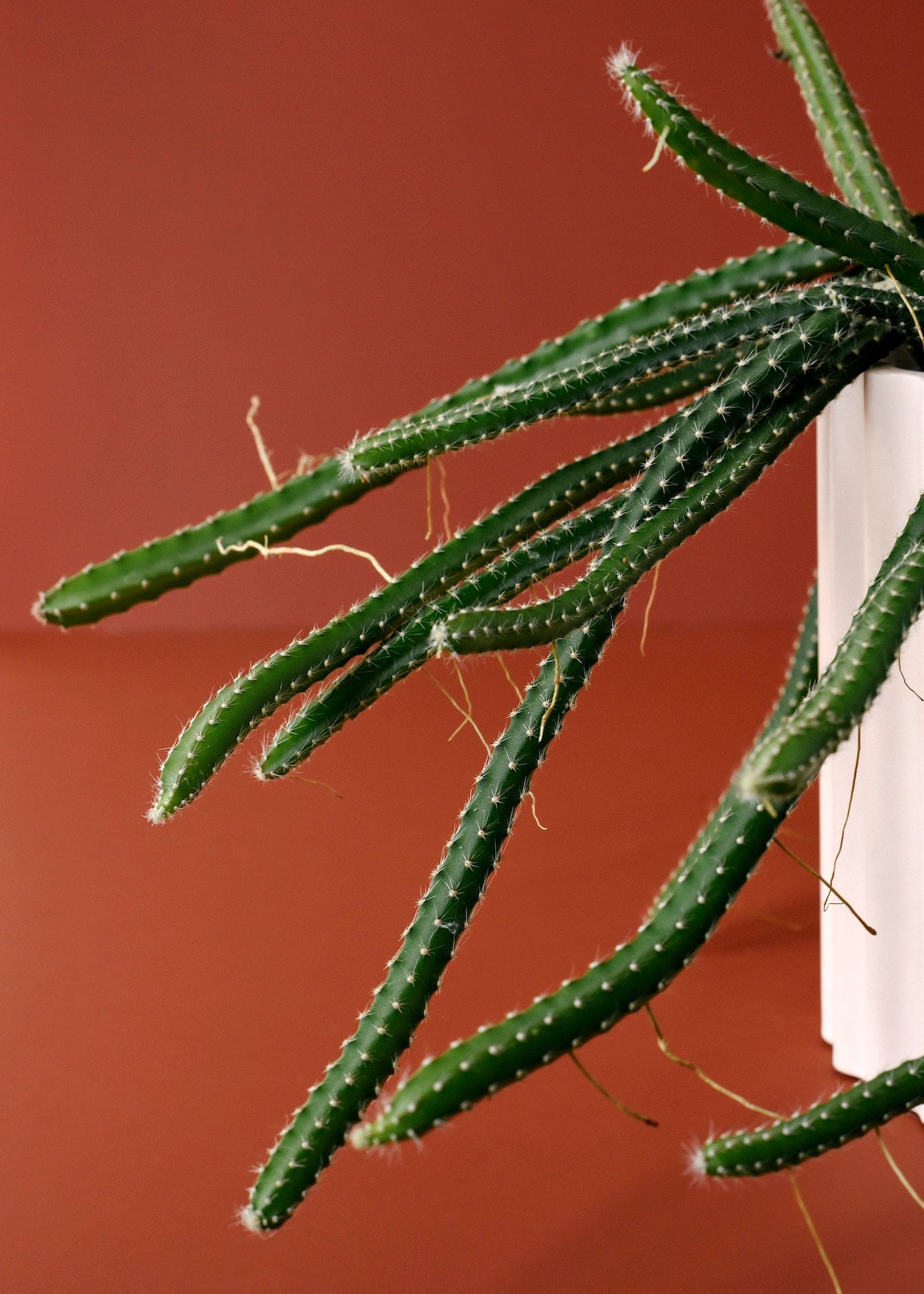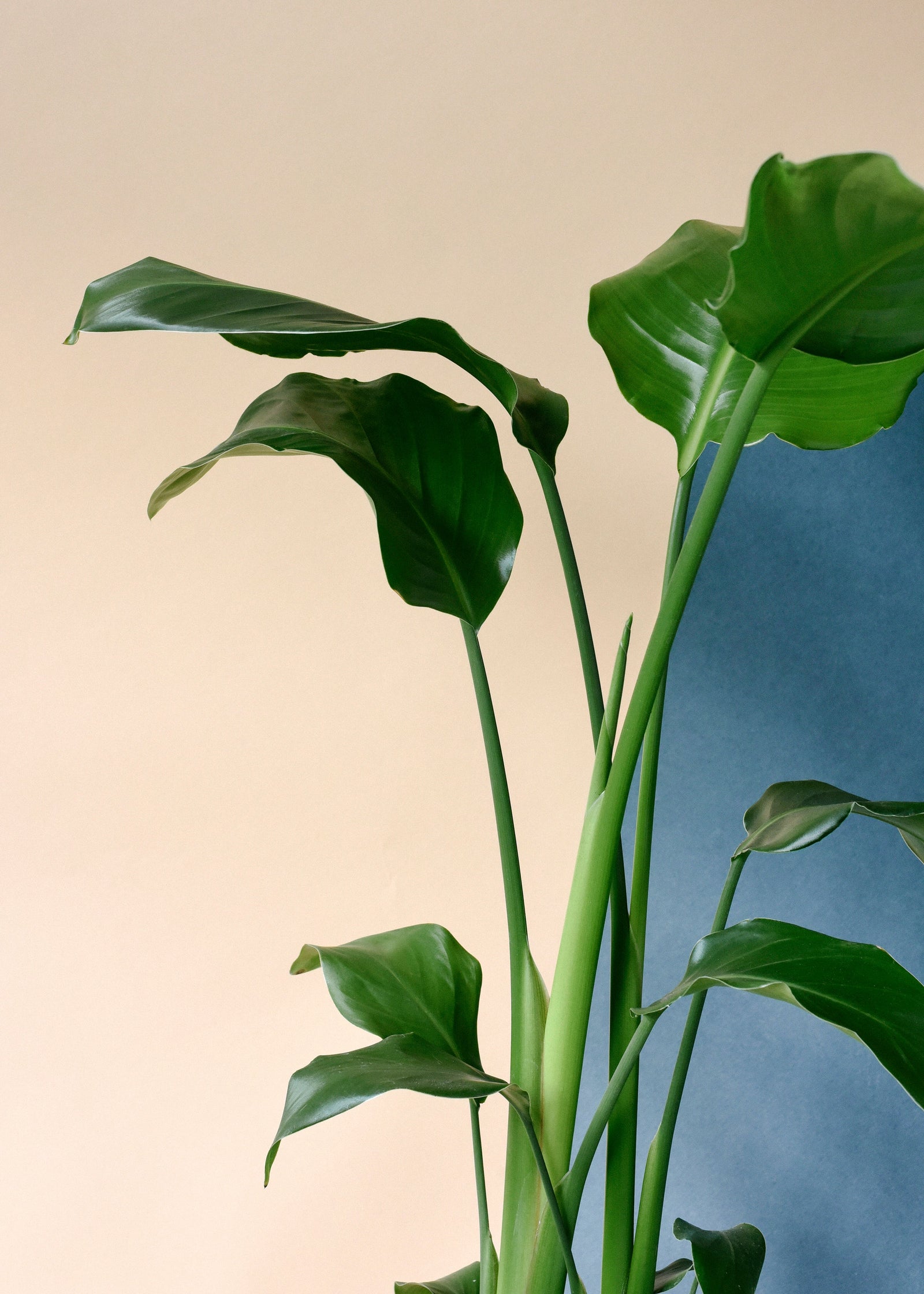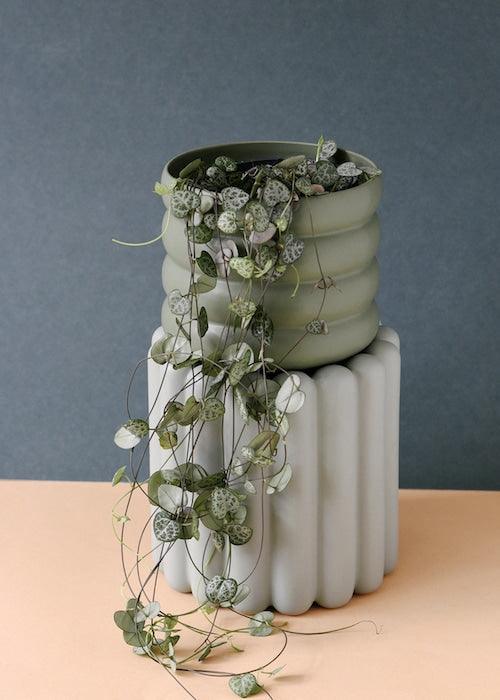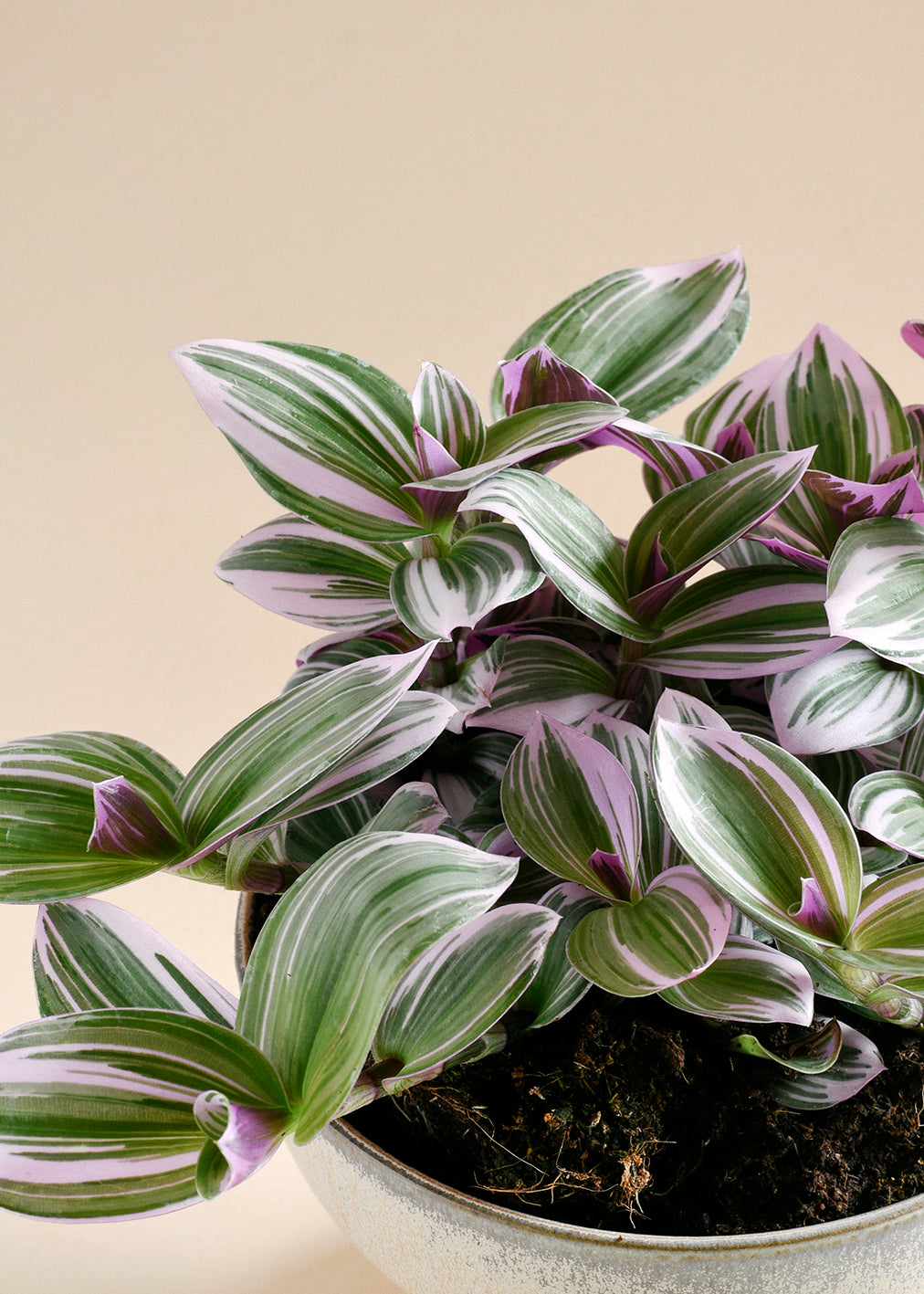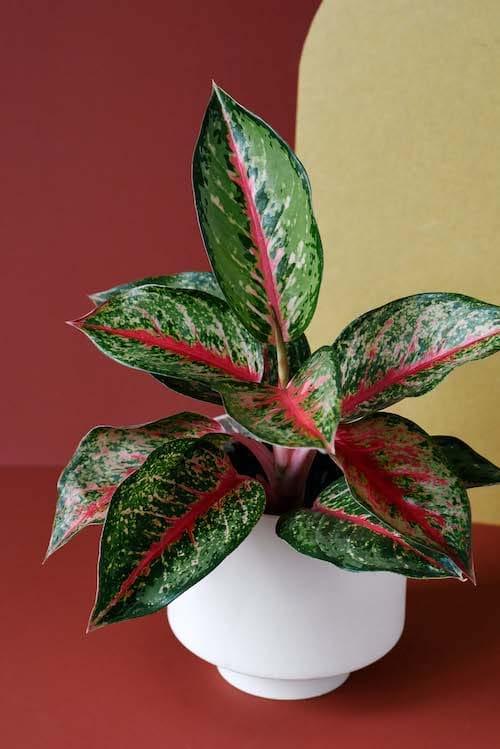Welcome to your go-to guide for nurturing Caladiums, the vibrant and leafy beauties that can brighten up any indoor space. Known for their colorful foliage, Caladiums are popular among both novice and experienced gardeners. Whether you're looking to add a splash of color to your room or want a rewarding gardening project, this guide will help you ensure your Caladium thrives.
Care Summary
| Aspect | Details |
|---|---|
| Light | Bright indirect light |
| Watering | Keep moist but not soggy wet |
| Humidity | High |
| Soil | Well-draining potting mix |
| Pruning | Remove old or yellowing leaves |
| Toxicity | Toxic to humans and animals if ingested |
Lighting Tips
Caladiums thrive in bright, indirect light. Direct sunlight can scorch their leaves, so it's best to place them in a spot where the light is filtered or diffused. A north-facing window or a position behind sheer curtains is ideal. If natural light is limited, consider using grow lights to maintain vibrant leaf colors.
Watering Advice
Maintaining the right moisture level is crucial for Caladiums. The soil should be consistently moist but never waterlogged. During the growing season, water the plant thoroughly as soon as the top inch of soil feels dry to the touch. Reduce watering in the winter when the plant is dormant.
Humidity and Soil Requirements
Caladiums prefer a humid environment, which can be achieved by misting the leaves regularly or using a humidifier. As for soil, use a well-draining potting mix to prevent water from sitting at the roots, which can cause rot. Mixing in perlite or sand can improve drainage.
Pruning and Maintenance
Pruning is straightforward with Caladiums. Remove any old or yellowing leaves to help the plant focus its energy on new growth. This not only keeps your plant looking fresh but also prevents potential pests and diseases.
Why We Love It
Caladiums are not just plants; they are a striking addition to any indoor garden with their unique and colorful foliage. They can dramatically transform a space, add a touch of the tropics, and are relatively easy to care for. Their ability to thrive with minimal fuss makes them a favorite among plant lovers.



